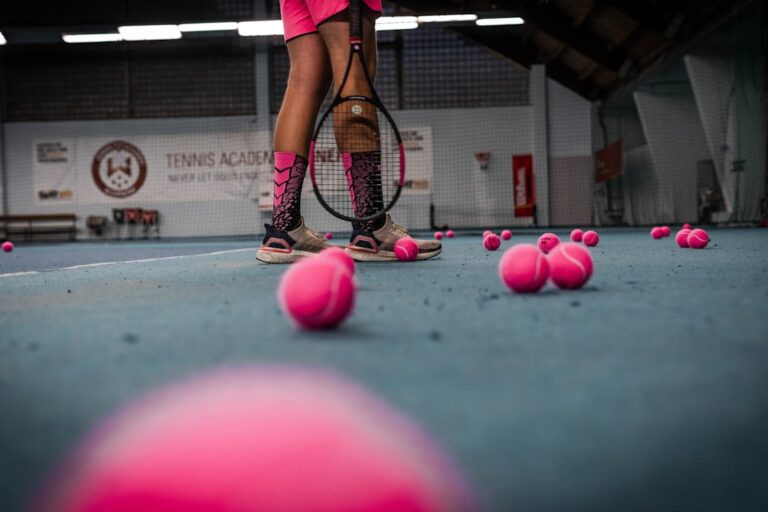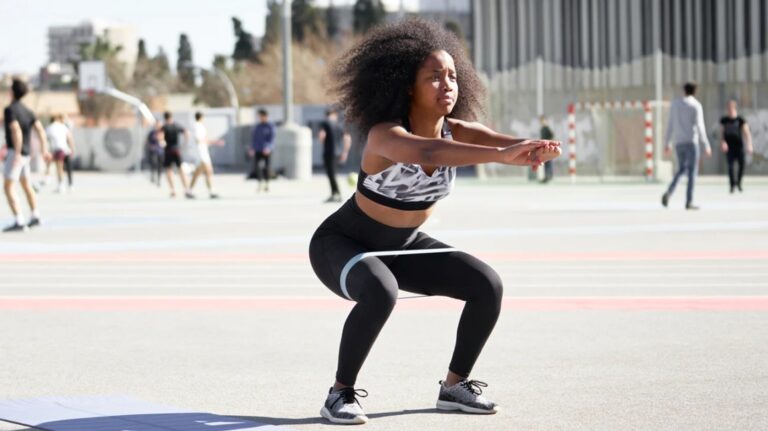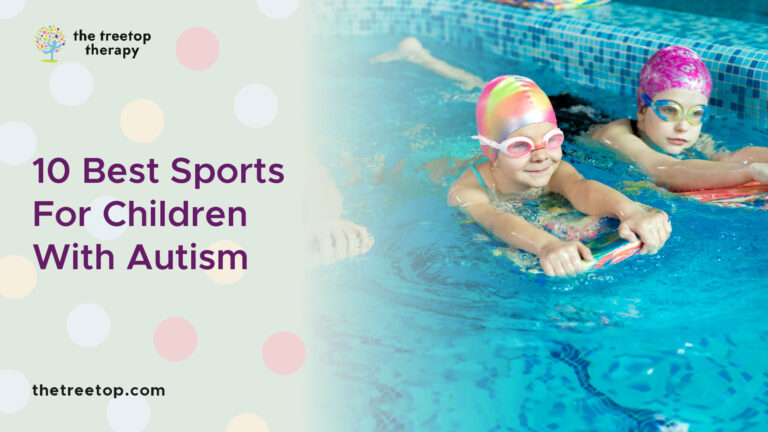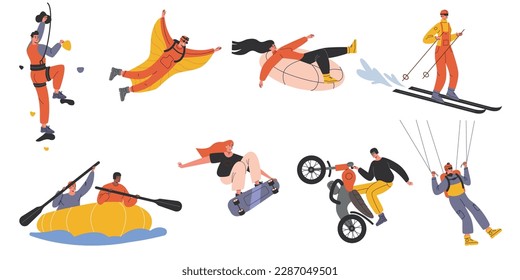Sports that involve a paddleboard include SUP racing, paddleboarding yoga, paddle surfing, and paddleboard fishing. Paddleboarding offers a unique combination of exercise, relaxation, and water adventure, making it a popular choice for outdoor enthusiasts.
Whether you are gliding through calm waters or tackling challenging waves, paddleboarding provides a full-body workout and a fun way to experience nature. It is a versatile sport that can be enjoyed by people of all ages and fitness levels.
We will explore the different paddleboard sports and the benefits they offer, as well as provide some tips for getting started. So grab your paddle and let’s dive into the exciting world of paddleboarding sports.

Credit: ecomigrations.com
1. Stand-up Paddleboarding (sup)
If you’re seeking a thrilling water sport that combines balance, strength, and tranquility, look no further than stand-up paddleboarding (SUP). This versatile activity has gained immense popularity in recent years, attracting water enthusiasts of all ages and skill levels. Whether you’re a beginner or a seasoned pro, SUP offers various styles and disciplines to keep you engaged, from basic SUP to SUP yoga and even competitive SUP racing. In this article, we’ll delve into each of these fascinating aspects of paddleboarding, providing a comprehensive overview for you to explore and enjoy.
1.1 Basic Sup
Stand-up paddleboarding (SUP) in its most fundamental form involves propelling yourself across the water while standing upright on a paddleboard, similar to a surfboard. With a robust paddle in hand, you navigate through serene lakes, rivers, or coastal waters, providing you with a unique, immersive experience of the surrounding environment. Basic SUP is the perfect starting point for beginners, offering a gentle introduction to the world of paddleboarding.
1.2 Sup Yoga
SUP yoga brings a new dimension to traditional yoga practice by taking it onto the water. Imagine finding balance and serenity while floating atop your paddleboard. As you gracefully execute yoga poses, the peaceful rippling of the water becomes an integral part of your practice, heightening your mind-body connection. SUP yoga offers a harmonious blend of tranquility, core strength building, and the meditative benefits of being amidst nature.
1.3 Sup Racing
SUP racing takes paddleboarding to a whole new level with thrilling competitive events that test the speed, agility, and endurance of athletes. Whether you’re a recreational enthusiast looking to challenge your personal best or a seasoned racer aiming for the podium, SUP racing offers exhilarating moments on the water. From sprint races to long-distance endurance challenges, these events not only showcase individual skills but also foster a sense of camaraderie and community among fellow paddlers.

Credit: m.facebook.com
2. Whitewater Paddleboarding
Whitewater paddleboarding is an exciting and adventurous sport that combines the thrill of whitewater rafting with the balance and skill of paddleboarding. It involves navigating fast-moving rivers, rapids, and turbulent water on a paddleboard. If you’re a thrill-seeker looking to test your limits and experience the rush of adrenaline, whitewater paddleboarding might be the perfect sport for you.
2.1 Introduction To Whitewater Paddleboarding
Whitewater paddleboarding takes paddleboarding to a whole new level. It requires a strong set of skills and techniques to tackle the challenging and unpredictable nature of whitewater. Unlike traditional paddleboarding on calm water, whitewater paddleboarding demands quick reflexes, balance, and the ability to read and navigate the ever-changing river currents.
One of the key aspects of whitewater paddleboarding is the ability to choose the right line to navigate through the rapids. By carefully selecting your path, you can avoid obstacles, rocks, and potential hazards. It’s a test of both physical strength and mental agility.
2.2 Essential Gear For Whitewater Paddleboarding
Before venturing into whitewater paddleboarding, it’s essential to have the right gear to ensure your safety and enhance your experience on the water. Here are some gear essentials you’ll need:
| Gear | Description |
|---|---|
| Paddleboard | A sturdy and durable board specifically designed for whitewater conditions, with added durability and stability. |
| Paddle | A paddle with a strong and lightweight construction, providing optimal control and maneuverability. |
| Helmet | A protective helmet to safeguard your head from potential impacts with rocks or other objects. |
| Personal Flotation Device (PFD) | An essential safety device that ensures you stay buoyant in the water, even in challenging conditions. |
| Wetsuit or Drysuit | Appropriate attire to protect yourself from cold water and maintain body temperature. |
Having the right gear not only keeps you safe but also enhances your performance and enjoyment while whitewater paddleboarding.
2.3 Techniques For Whitewater Paddleboarding
Mastering the techniques of whitewater paddleboarding is crucial for navigating the rapids safely and efficiently. Here are some key techniques to focus on:
- Bracing: Bracing is a technique used to maintain balance and stability on the paddleboard when encountering strong currents or obstacles.
- Reading the Water: Understanding the flow of the river, identifying currents, eddies, and obstacles is vital for choosing the right line and navigating successfully.
- Paddle Stroke Techniques: Developing efficient paddle strokes, such as forward strokes, reverse strokes, and sweep strokes, will help you maneuver through the whitewater with control and precision.
- Low Brace: The low brace technique is used to recover balance in turbulent water. It involves leveraging your paddle as a brace against the water to regain stability.
- Self-Rescue: Knowing how to perform a self-rescue in case of a fall or separation from your board is essential to ensure your safety in the whitewater environment.
By honing these techniques and practicing regularly, you’ll become more confident and skilled in the challenging world of whitewater paddleboarding.
3. Paddleboard Fishing
One of the most exciting and unique ways to enjoy fishing is by combining it with paddleboarding. Paddleboard fishing allows anglers to explore new fishing spots, access shallow waters, and experience the thrill of reeling in a catch while balancing on a board. In this section, we will delve into the world of paddleboard fishing, discussing how to choose the right paddleboard, the essential fishing gear needed, and some tips and techniques to enhance your paddleboard fishing experience.
3.1 Choosing The Right Paddleboard For Fishing
When it comes to paddleboard fishing, selecting the right type of board is essential. The ideal paddleboard for fishing should provide stability, maneuverability, and enough space to store your fishing gear. Here are some key factors to consider when choosing a paddleboard:
- Size: Opt for a paddleboard with a length of 11 to 14 feet to ensure stability and ample storage space.
- Width: A wider board, typically around 32 to 36 inches, offers more stability, making it easier to stand and cast while fishing.
- Volume: Look for a high-volume board to increase buoyancy and weight capacity, allowing you to carry your fishing gear without any issues.
- Construction: Consider a durable board made from materials like fiberglass or inflatable boards with drop-stitch technology for portability and longevity.
3.2 Essential Fishing Gear For Paddleboarding
To ensure a successful paddleboard fishing trip, you need to have the right fishing gear. Here are some essential items to bring along:
- Rod and Reel: Choose a lightweight and compact rod and reel combo that can handle the target species and can be easily maneuvered on a paddleboard.
- Tackle and Bait: Pack a variety of lures, hooks, and bait to accommodate different fishing conditions and species.
- PFD (Personal Flotation Device): Safety should always be a priority, so wear a PFD to ensure your protection while paddleboarding.
- Anchor System: An anchor system is crucial for keeping your paddleboard steady while you focus on fishing. Look for a lightweight and easy-to-use anchor system designed specifically for paddleboarding.
- Storage Solutions: Carry a waterproof bag or crate to keep your fishing gear organized and protected from water splashes.
3.3 Tips And Techniques For Paddleboard Fishing
Mastering paddleboard fishing requires some practice and adjusting your fishing techniques to suit the unique challenges presented by being on a paddleboard. Here are a few tips to help you make the most out of your paddleboard fishing adventure:
- Balance: Maintaining balance is crucial on a paddleboard. Practice standing and moving around on your board before venturing out to ensure stability.
- Casting: Adapt your casting technique to accommodate the limited space on a paddleboard. Opt for sidearm or underhand casts to prevent tangling your line in the board or your surroundings.
- Location: Explore shallow, remote areas that are inaccessible to traditional fishing boats. Paddleboards allow you to stealthily approach fish in these secluded locations.
- Patience: Allow yourself some time to get accustomed to fishing from a paddleboard. Stay patient and persistent as you learn to adapt and improve your fishing skills on the water.
Paddleboard fishing opens up a new world of angling possibilities, combining the tranquility of paddleboarding with the excitement of catching fish. By choosing the right paddleboard, having the essential fishing gear, and implementing the right tips and techniques, you can embark on thrilling fishing adventures that will leave you hooked for a lifetime.

Credit: atollboards.com
Frequently Asked Questions Of Sports That Involve A Paddleboard
What Are The Different Sports That Involve A Paddleboard?
Sports that involve a paddleboard include stand up paddleboarding (SUP), paddleboard surfing, and paddleboard yoga, among others.
How Do You Paddleboard?
To paddleboard, stand on the board with feet hip-width apart. Hold the paddle with arms straight and use core muscles to propel yourself forward. To turn, paddle on the opposite side of the board. Practice balancing and steering before venturing into more challenging waters.
Is Paddleboarding A Good Workout?
Yes, paddleboarding is a great full-body workout. It engages various muscles, including the core, arms, shoulders, and legs. It can improve cardiovascular health, balance, and strength. Plus, being out on the water adds a sense of tranquility and relaxation to the exercise.
Can Anyone Paddleboard?
Yes, paddleboarding is suitable for people of different ages and fitness levels. Beginners can start with calm waters and gradually progress to more challenging conditions. It’s important to learn basic techniques and safety guidelines before attempting paddleboarding.
Conclusion
Paddleboarding offers a diverse range of sports that cater to different interests and skill levels. Whether you enjoy the adrenaline rush of whitewater kayaking or the tranquility of SUP yoga, there is a paddleboard sport for everyone. These activities not only provide a great workout but also allow you to connect with nature and enjoy the water.
So grab a paddleboard and explore the exciting world of paddleboard sports today.






